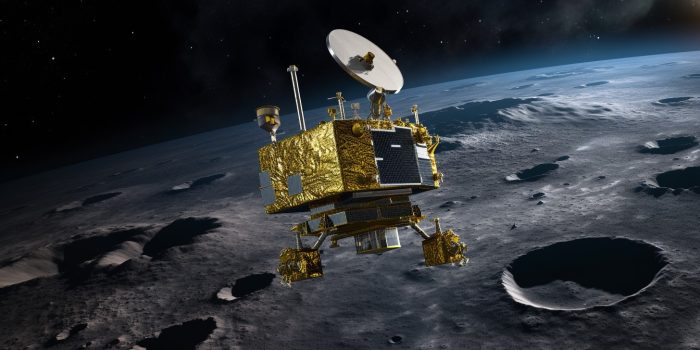In the depths of a lunar night, where temperatures plummet to chilling lows, a remarkable story of determination and lunar exploration unfolds. The Indian Space Research Organization (ISRO) now finds itself locked in a relentless battle to reawaken the Chandrayaan-3 mission from a two-week-long slumber on the moon’s surface. Comprising the resilient Vikram lander and the intrepid Pragyan rover, this mission, which made history with its successful landing near the moon’s south pole on August 23, 2023, now faces a formidable challenge – restoring contact with Earth.
On the 22nd of September, ISRO revealed its steadfast resolve, proclaiming that they were leaving no stone unturned in their endeavor to “establish communication with the Vikram lander and Pragyan rover to ascertain their wake-up condition.” Yet, an ominous silence has thus far characterized this interstellar conversation. The space agency, however, remains undeterred, continuing its relentless pursuit of contact, unwavering in the face of adversity.
Chandrayaan-3 emerged as India’s triumphant second attempt to conquer the lunar surface, following the ill-fated Chandrayaan-2 mission of 2019, plagued by a notorious software glitch. Notably, the Chandrayaan-2 orbiter continues to dutifully orbit the moon, diligently beaming invaluable data back to our home planet.
The crowning glory of Chandrayaan-3 was its graceful touchdown near the enigmatic lunar south pole, an achievement that elevated India to the esteemed ranks of nations that have achieved this feat, joining the likes of the United States, Russia, and China. The primary goal of this mission? To unlock the secrets of this mysterious region, captivating scientists worldwide with its tantalizing promise of untapped resources and a glimpse into the moon’s profound history.

The Pragyan rover, a pioneering explorer, slipped into slumber on September 2, having beamed back a treasure trove of imagery from its lunar escapades. Subsequently, on September 4, the Vikram lander followed suit after executing a series of scientific experiments on the lunar terrain. The lander meticulously recorded the temperature of the lunar soil’s surface and conducted an in-depth analysis of its chemical composition. Most intriguingly, traces of sulfur were detected, hinting at a history of volcanic activity beneath the moon’s tranquil surface.
The lunar night, a starkly desolate period spanning roughly 14 Earth days, subjects spacecraft to the harshest of trials, with temperatures plummeting to a bone-chilling -253 degrees Celsius. Typically, lunar missions rely on radioisotope heater units (RHUs) to ward off this frigid assault, harnessing heat and electricity generated from the radioactive decay of specific elements. For instance, the Soviet Lunokhod 1 rover, a moon rover that roamed for a remarkable 10 months in the 1970s, relied on polonium-210 as its heat source. The Chinese Chang’e-3 lander and its resilient Yutu rovers, which graced the moon’s surface in 2013 and 2019, followed a similar technological path.
Intriguingly, ISRO has not divulged the reasons behind Chandrayaan-3’s absence of RHUs. While the mission has valiantly achieved its core objectives, ISRO clings to an aspiration of extending its mission’s life, eager to glean further lunar insights, especially from the uncharted expanse of the moon’s south pole. This region, shrouded in mystery, harbors the promise of frozen water and other precious resources vital for humanity’s ambitious lunar exploration agenda.

ISRO remains unyielding in its quest to re-establish contact with Chandrayaan-3, committed to the endeavor until they receive a resounding signal or the mission exhausts its last vestiges of time.
As the mission has already attained its primary objectives, ISRO’s relentless pursuit serves as a testament to the unwavering spirit of lunar exploration, urging us to stay tuned for what may still unfold amidst the cosmic shadows.


